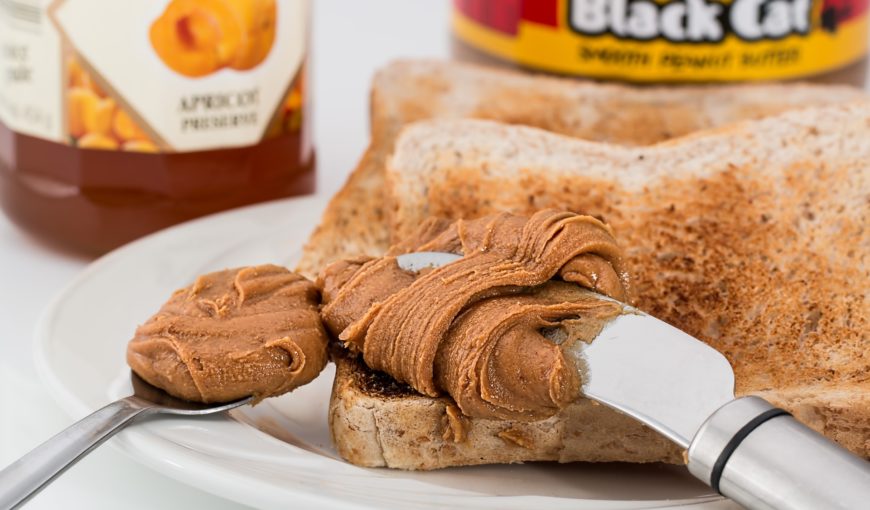Jun. 10, 2022
Xylitol (C5H12O5), a five-carbon sugar alcohol, is an intermediate product of xylose metabolism. It is a white powdery crystal and is easily soluble in water. It is widely found in fruits, vegetables, cereals, fungi and other foods and It is a natural and healthy sweetener in plants such as wood, straw, and corncob.
Its sweetness is very similar to that of sucrose, but it has the advantage of lower calories than sucrose, so it is often used as a sugar substitute and is favored by diabetics.
Is Xylitol a Sugar?
The sugar we usually refer to refers to monosaccharides and disaccharides, such as sucrose, white sugar, glucose, fructose, while xylitol is a sugar alcohol compound, which is the product of the reduction of monosaccharides. According to the United Nations Food and Agriculture Organization and the World Health Organization According to the latest report, sugars include monosaccharides, disaccharides and sugar alcohols, so xylitol is also a sugar.
However, the metabolism of xylitol does not require insulin to promote, and can directly provide nutrients to tissues through the cell membrane. After the human body ingests xylitol, the blood glucose content increases very little, which is not enough to cause an increase in blood sugar. This is the reason why the blood sugar level can be stabilized after eating the sweet xylitol.

Application of Xylitol in Food
1. Substitution in baked goods
Application in sugar-free pastries, sugar-free pastries do not use sucrose from the filling to the dough. Instead of sucrose, a variety of "sugar-free sweeteners" that are both sweet and do not produce calories or are extremely low in calories are used.
Sugar-free cakes using liquid xylitol do not undergo Metod browning reaction after baking, the surface color is lighter, and the taste is better.
2. Xylitol can be used as a wine additive to improve the quality of wine
Japanese research believes that adding 0.15% to 3% xylitol can improve the color, aroma and taste of wine. For example, adding 0.13% xylitol to synthetic alcohol instead of glucose can make sake mellow and sweet, and has the property of reducing microbial spoilage.
Similar results were obtained by adding 0.15%-2% xylitol to whisky. Adding 1.15% xylitol to liquor can make liquor taste smooth and mellow.
3. Application of xylitol in chocolate products
Chocolate made with xylitol is suitable for diabetics. Like fructose, sorbitol or mannitol, xylitol can replace sucrose in chocolate products. However, xylitol must be a finely ground powder, and the relative humidity of the air should be adjusted during the production process. If the relative air humidity exceeds 80%, the resulting product will have a rough "sand" structure after a period of storage.
4. Application of Xylitol in Beverages
Ordinary beverages are generally made by adding sucrose and a certain amount of acid and other ingredients. Sugar-free beverages can be combined with xylitol and maltitol under low temperature conditions to achieve a soft and mellow taste of the finished beverage without adding any high sweetness. Flavor, the finished product is refreshing and pleasant.
Xylitol can be compounded with other sugar alcohols and fructose, and can also be used alone in sugar-free tea drinks, fruit juice drinks and health drinks. In addition, xylitol can also control the calorie value, stabilize and protect the nutrients from damage, and improve the aftertaste, plastid and cool feeling of beverages.
5. Xylitol in dairy products
Sugar-free yogurt made of xylitol, because of the nutritional value of milk, can promote the proliferation of bifidobacteria and the digestion and absorption of nutrients, as well as improve human immunity and other health functions, and has become more and more popular among middle-aged and elderly people and children. dairy products. And because of its weight loss effect, it is especially favored by women. If jams, fruit pieces, natural pigments and flavors are added to make yogurt with different flavors, it can meet the needs of consumers with different hobbies for nutrition and health care functions.
6. Xylitol in candy
Chewing gum and confectionery with xylitol as the primary sweetener have been officially recognized by six national dental health associations. Ordinary hard candies usually contain sucrose and glucose syrup, the latter of which prevents crystallization and makes the product an amorphous, transparent solid.
Low-energy candy has become a hot consumption and development focus in today's international candy market. Xylitol is used as a filling sweetener to replace sucrose to produce candy, and there is no need to add aspartame and saccharin. Boiling phenomenon will occur, and the space, equipment, time and energy required for recrystallization are less, and the resulting candy has a better taste than other "non-sucrose" candies, with pure sweetness, refreshing and cold, and no bad aftertaste.
Previous: High Fructose Syrup
Next: About Non-dairy Creamer